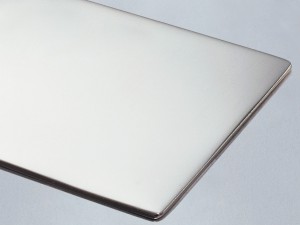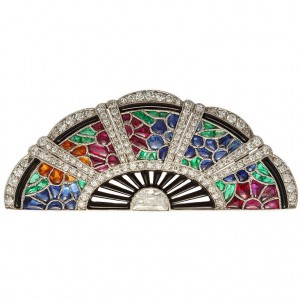Is platinum a precious metal? And why is platinum used for jewellery? We’ll explore the answers to these questions in our platinum buying guide. The rarest and most valuable of the three precious metals (gold, silver and platinum), platinum is a hugely popular choice when it comes to jewellery.
Its distinctive silver/grey colour and dense structure give it a certain gravitas which eludes most other metals, and makes it an obvious choice for anyone looking for both quality and luxury. If you add this to its fabulous resistance to corrosion, it really is for many the perfect metal! Find out everything else you need to know in our platinum buying guide below.
The physical properties of platinum and its history
Contrary to popular belief, platinum has been used for thousands of years, but only in its rough form. But how did the physical properties of platinum affect its use? Requiring extremely high working temperatures (1,773˚C or 3,223˚F), it wasn’t until the early 1920s, when the technology became available, that platinum jewellery started to become extremely popular. This working technology coincides with the Art Deco era, which is why early platinum jewellery tends to have a distinctly modern feel when compared to antique gold and silver,
Why is platinum used for jewellery?
So why is platinum used for jewellery? If you disregard the more obvious changing trends in design, platinum jewellery today often retains those clean cut, unfussy lines and, coupled with its distinctive grey colour, makes it a popular choice for men’s jewellery. The dense structure also ensures a reassuring weight to pieces, which is another attractive feature that appeals to the male customer base (platinum is slightly more dense than pure gold and twice as dense as silver).
Platinum jewellery benefits
So what are some of the platinum jewellery benefits? Because of its purity (most commercial platinum is 85%, 90%, 95% or 99% pure) platinum is naturally hypo-allergenic, making it a perfect choice for anyone with skin sensitivity issues, and thereby the ideal choice for many designer-makers. It is strong yet malleable, so can be formed into a myriad of diverse shapes and structures whilst retaining strength from within them, so it is ideal for secure stone setting as it is safe.
But does platinum tarnish? Both clean to work with and maintain, platinum does not tarnish, become corroded and or require any plating or re-plating to achieve a beautiful finish. From a customer perspective, platinum requires no maintenance to prolong its good looks – which is a great selling point!
So what can we expect to be popular in platinum? According to the Platinum Guild International, who is the authority on the subject, statement necklaces and wrist-wear will be the order of the day for the ladies at all the red carpet events; whilst the men will be channelling James Bond with the help of cufflinks, wrist-wear and lapel details.
These pieces, which are undoubtedly worth thousands if not millions, will no doubt inspire ranges of more affordable jewellery, which will ultimately have some effect on what sells well this year – so look out for them when buying, or tailor your range accordingly when designing.
I think to be honest if money was no object, platinum would be the metal of choice for many people, famous or otherwise, as it really is a ‘noble’ metal in every sense of the word!
Why not give platinum a try in your next design? At Cooksongold we stock a wide collection of platinum products in our Bullion and Jewellery Findings categories so start things off by exploring these ranges now.


jaskcreative



